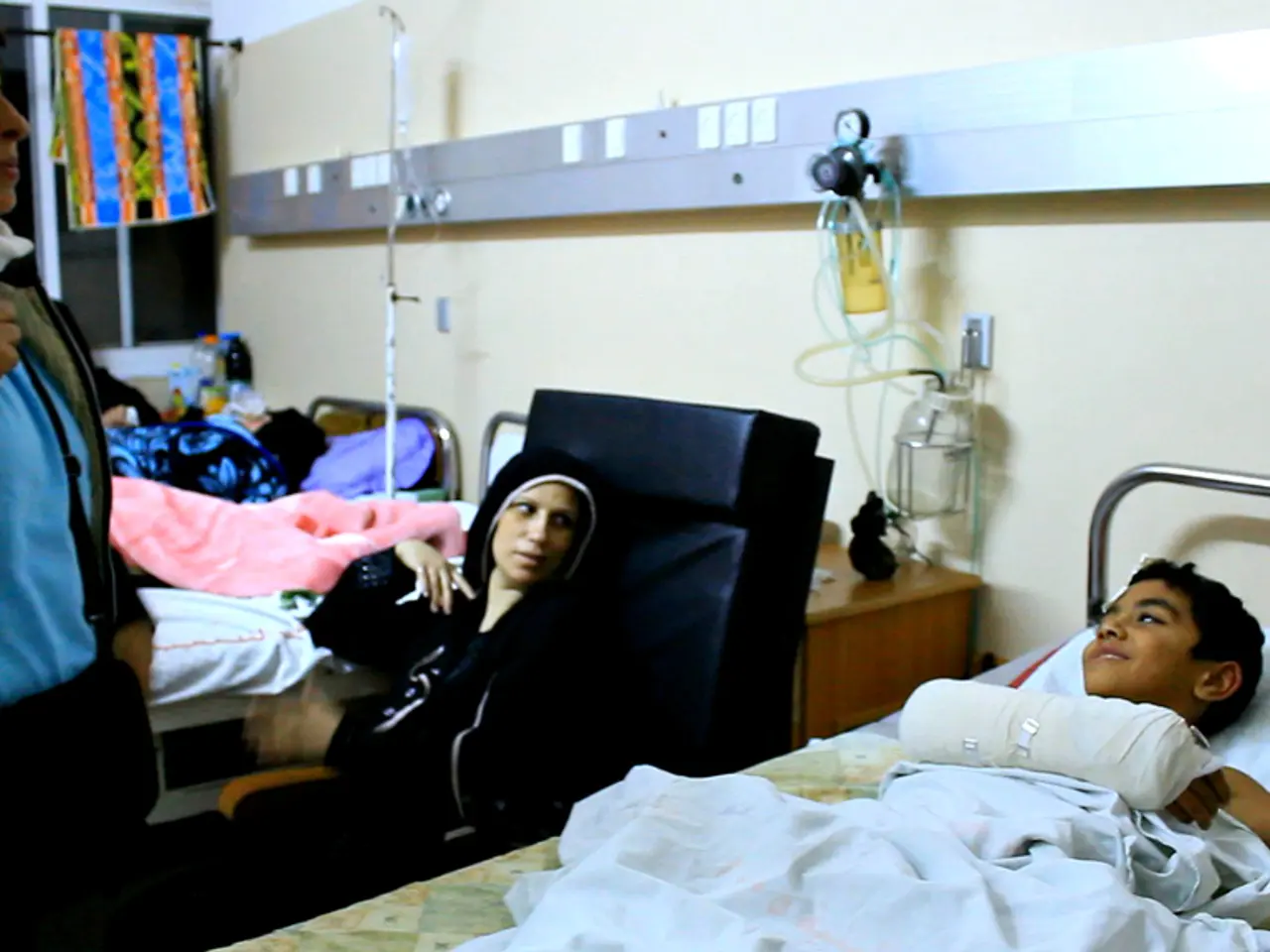Scotland introduces digital hospital beds marking the start of a technological transformation in healthcare.
Scotland is leading the way in the transformation of its healthcare system, with a strategic focus on expanding virtual hospital wards as part of a drive to shift care from hospital to home and community settings. This initiative, backed by government support and digital integration, aims to provide a more comfortable, flexible alternative to traditional hospital care, reduce admissions, and improve emergency care system performance.
The Scottish Government supports expanding the Hospital at Home model, which closely aligns with virtual ward concepts, aiming to implement these across all of Scotland. This initiative is part of a wider NHS 10-year plan in the UK to shift care delivery towards community and home-based settings.
Virtual wards rely heavily on remote monitoring and digital platforms that connect health, social care, mental health, and community services to provide holistic, coordinated care. For example, solutions like the AICP platform are designed to integrate information and support frontline teams in managing care more efficiently and effectively.
Patients appreciate staying at home with professional support, reducing the trauma or discomfort associated with hospital stays, and benefiting from regular check-ins and monitoring devices. Carers benefit from less logistical stress but emphasize the need for better communication and inclusion as active partners in care.
Evidence supports that implementing high-acuity virtual inpatient wards is safe and feasible for selected acute medical patients, with high patient satisfaction and low rates of adverse incidents. This model can reduce emergency department crowding and emergency admissions.
NHS Greater Glasgow and Clyde (NHS GGC) and digital health company Doccla are partnering to launch 1000 virtual ward beds for patients to receive hospital-level care at home. The partnership between InnoScot Health and NHS Scotland, which has lasted for over two decades, aims to increase capacity across NHS Scotland and create a new benchmark for virtual hospital care, aligned with Scotland's Digital Health and Care Strategy.
Executive Chair of InnoScot Health, Graham Watson, believes this partnership is an important, proactive step towards a better NHS, aimed at improving care, freeing up hospital capacity, and reducing pressure on the system. First Minister John Swinney has pledged to expand the Hospital at Home initiative by at least 2,000 beds before the end of 2026, bringing total funding allocation for the initiative to over 15 million GBP since 2020.
Graham Watson suggests that involving patients in their own care decisions and enabling clinicians to take informed actions more quickly is a natural step forward for future healthcare. He believes the introduction of more virtual hospital wards will lead to a tech-led revolution in healthcare delivery.
In conclusion, Scotland's strategic expansion of virtual hospital wards reflects a broader NHS drive to transform acute care through virtualization and home-based services, continuing into and beyond 2025. By combining government policy support, patient-centered digital solutions, integrated community health services, and ongoing evaluation of safety and effectiveness, Scotland aims to reduce hospital pressures and improve patient outcomes.
The Scottish Government's support for expanding the Hospital at Home model aligns with the implementation of virtual ward concepts, aiming to integrate digital health technology for patient care. This integrated approach, driven by Scotland's Digital Health and Care Strategy, strives to offer a more comfortable, flexible alternative to traditional hospital care by leveraging science and technology in health-and-wellness services.
The strategic expansion of virtual hospital wards in Scotland is part of a wider vision to move acute care beyond hospital settings through the use of technology, science, and coordinated community services, culminating in a tech-led revolution in healthcare delivery.




